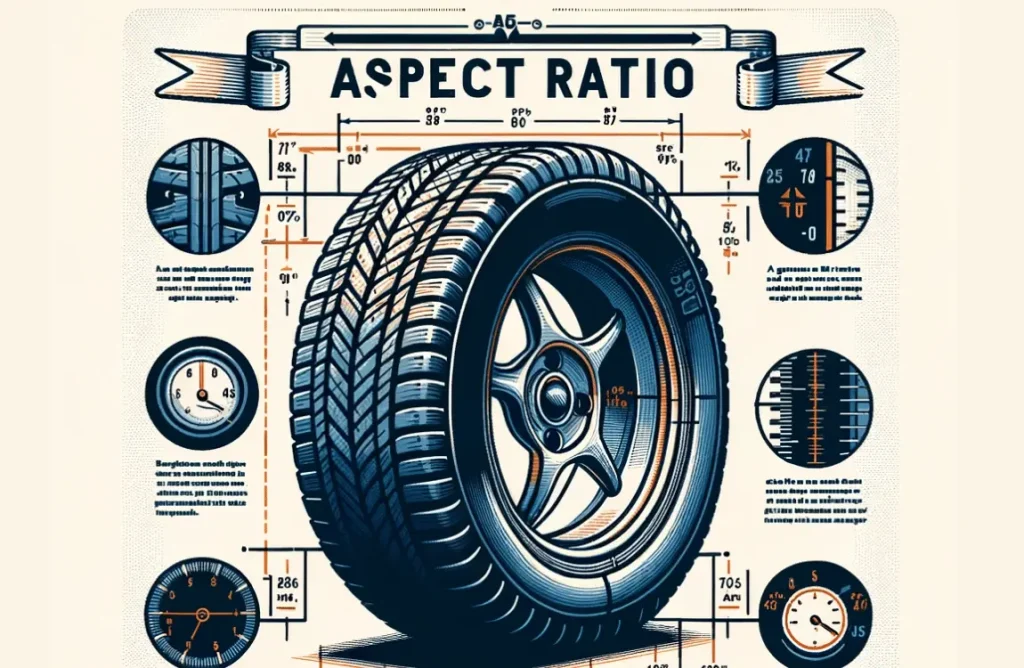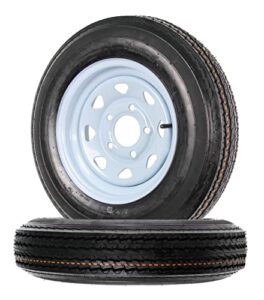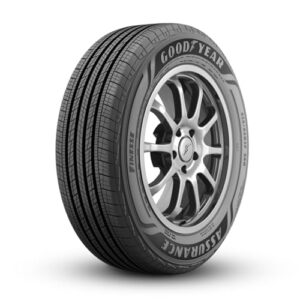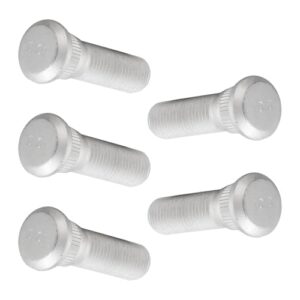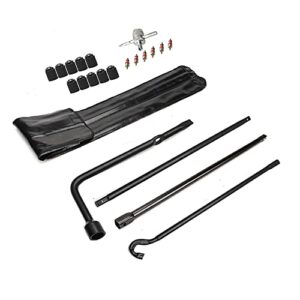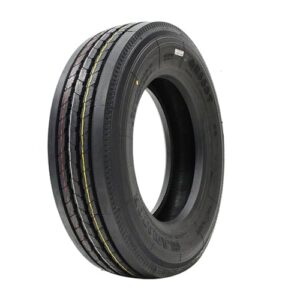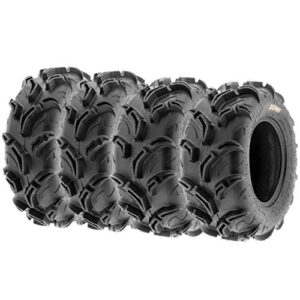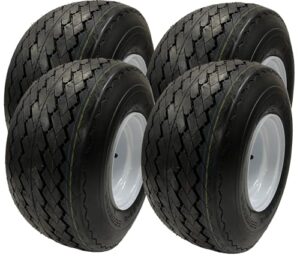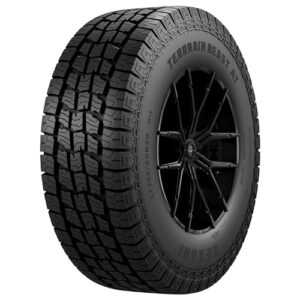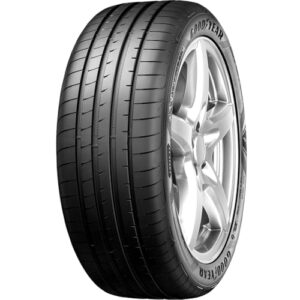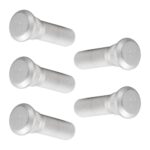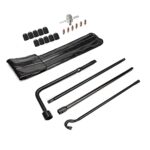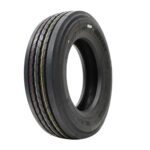When it comes to your vehicle’s tires, you might have come across the term ‘aspect ratio’, often included in the size information printed on the sidewall. But what exactly is the aspect ratio on a tire, and why is it important? In this comprehensive guide, we’ll explore the concept of tire aspect ratio and its implications for your driving experience.
Defining Tire Aspect Ratio
The aspect ratio of a tire is a number that represents the height of the tire’s sidewall relative to its width. It is expressed as a percentage. In simpler terms, it’s the proportional relationship between the width of the tire’s tread and the height of its sidewall. Let’s break down how to read this number and what it means for your tire selection.
How to Read Tire Aspect Ratio
The aspect ratio is part of the larger set of numbers and letters that make up a tire’s size designation. A typical tire size might look something like “225/50R17“. Here is what each part of this size indicates:
- 225 – Tire’s width in millimeters
- 50 – Aspect ratio (the sidewall height is 50% of the tire’s width)
- R – Radial construction
- 17 – Diameter of the wheel in inches that the tire is designed to fit
To provide a visual representation, a table showing different tire aspect ratios and their respective sidewall heights may look as follows:
| Tire Width (mm) | Aspect Ratio (%) | Sidewall Height (mm) |
|---|---|---|
| 225 | 50 | 112.5 |
| 225 | 45 | 101.25 |
| 225 | 40 | 90 |
As is clear from the table, a lower aspect ratio means a shorter sidewall in relation to the width of tire which results in a tire with a more low-profile appearance.

Why Aspect Ratio Matters
The aspect ratio of your tires can affect several aspects of your driving experience, including:
- Handling: Tires with a lower aspect ratio often provide better handling and cornering due to their wider tread and stiffer sidewalls.
- Comfort: Tires with a higher aspect ratio typically offer a smoother ride because their taller sidewalls can absorb more road irregularities.
- Aesthetics: The aspect ratio impacts the profile of the tire and therefore, the overall look of your vehicle.
It is also important to consider the implications of changing your tire’s aspect ratio when selecting new tires. Altering the aspect ratio can affect the overall diameter of the tire and could potentially impact your vehicle’s gearing, speedometer accuracy, and wheel well clearance.
Choosing the Right Aspect Ratio
When choosing a new set of tires, you should aim to match the specifications recommended by your vehicle manufacturer. This information can typically be found in the owner’s manual or on a placard in the driver’s side door jamb. Maintaining the original aspect ratio ensures that your vehicle continues to perform as designed.
If you’re considering a change in aspect ratio for performance or aesthetic reasons, it’s crucial to consult with a tire professional. They can help you understand the trade-offs and ensure that the new tires are compatible with your vehicle.
Frequently Asked Questions
What Does Tire Aspect Ratio Mean?
The tire aspect ratio represents the height of the tire’s sidewall expressed as a percentage of the tire’s width. A higher number indicates a taller sidewall.
How Does Aspect Ratio Affect Performance?
The aspect ratio impacts handling and ride comfort; lower ratios generally enhance handling but can reduce comfort due to thinner sidewalls.
Can I Change My Tire Aspect Ratio?
Yes, you can change your tire aspect ratio, but it may affect speedometer accuracy, handling, and clearance, and require recalibration.
Conclusion
The tire aspect ratio is a pivotal part of proper tire maintenance and vehicle performance. Understanding what this number means and its impact on your driving experience can help you make informed decisions when purchasing new tires. Always refer to your vehicle’s manufacturer recommendations and consult professionals when in doubt to maintain safety and performance on the road.


